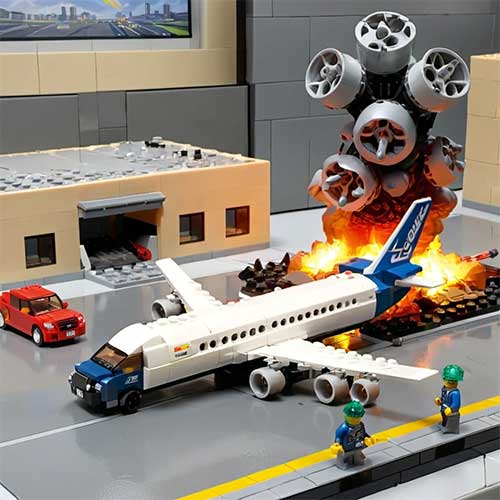
From one of our readers, Chip Haynes (reproduced with his permission, minor corrections for email speed typing):
I have a couple comments on your commentary that provide at least a partial rebuttal. Although I largely agree with your conclusions, there are some points that justify why we are where we are.
I think the increase in readily available computing power has also created a problem regarding integrity of analytical models. When FEA was first on the scene, the computing power necessary to actually solve more than the simplest of 1D or 2D models meant that only OEMs and large government entities (e.g. NASA in the 60’s and early 70’s) had the ability to perform. Today, anyone with a PC can solve fairly complex models within seconds. And the user interfaces have become “plug and play” so much that people with limited engineering knowledge can create very complex models. This gives the FAA (and other regulatory agencies) less confidence in what is being produced.
Given the production and safety issues that have come to light at one major OEM (rhymes with “snowing”), the relationship between FAA and design holders (whether or not those holders are ODAs ) is frayed to say the least. The FAA has reverted to the “trust no one” mentality in my opinion. This does not increase safety, and definitely increases development costs. But I can somewhat understand why they are going this way. (I use the FAA as a proxy for all regulatory authorities since I have most experience dealing with them.)
I also agree the “brain drain” at these agencies is significant and a big problem for any certification project. The FAA engineers I have worked with were excellent and highly knowledgeable in all aspects of aircraft design , development, and certification. Unfortunately, they have (almost) all retired and there have not been enough experienced engineers available to replace them.
Mr. Haynes makes some good points, tempering my hyperbole. Thanks.
Comment On This Post